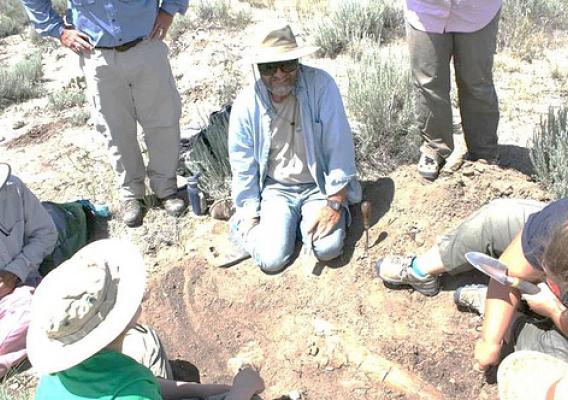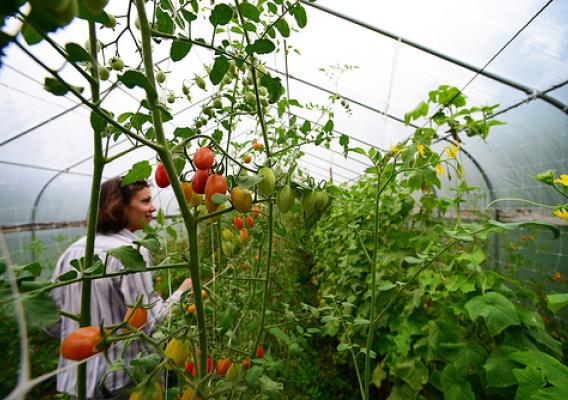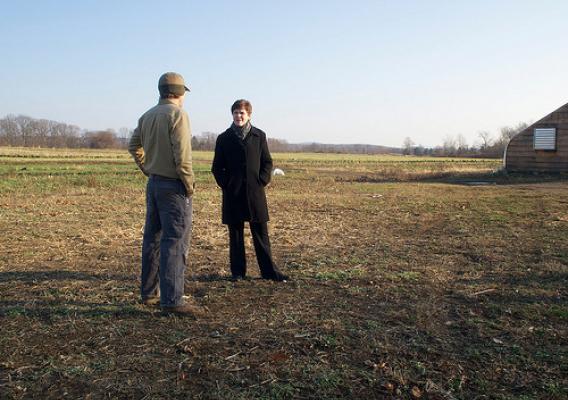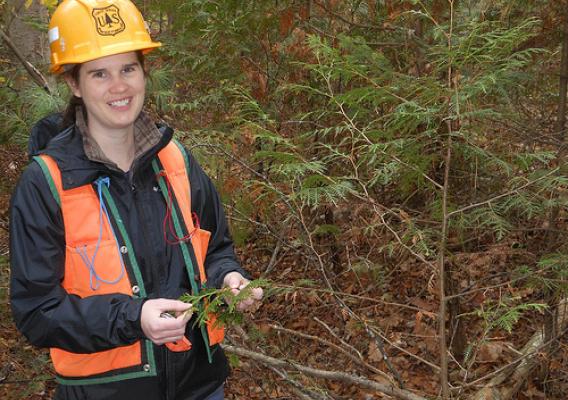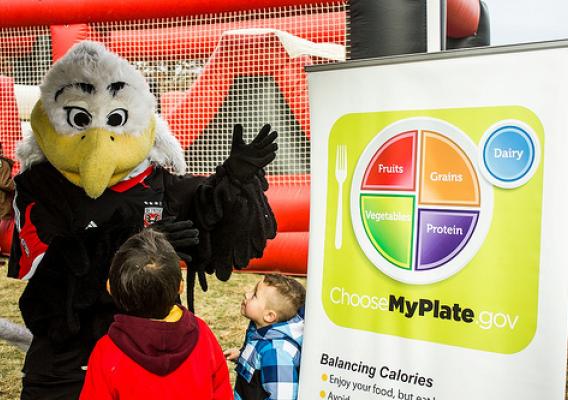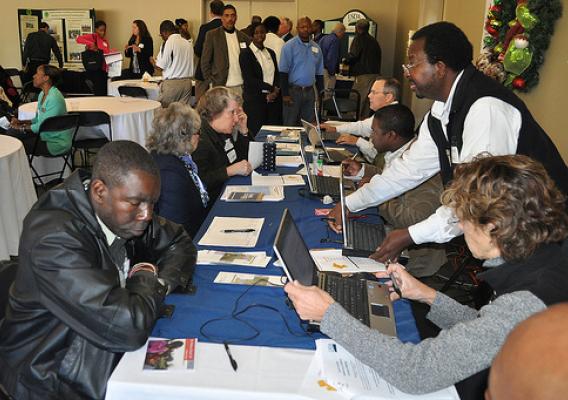Data consumers can now more easily leverage several of the most popular offerings from USDA’s Economic Research Service (ERS)!
To meet the needs of a growing community of data users, including application developers and researchers, ERS has just released seven new APIs (Application Programming Interface), enriched with shared services provided by other Federal agencies. The APIs offer dynamic access to ERS’s atlases, traditional data sets, and indicators in machine-readable formats. ERS has developed rigorous standards for data products; users will note the extensive metadata and full documentation and transparency provided for each of the data sets via APIs.
Experienced users may want to dive into the thorough documentation available on ERS’s Developer page; while those seeking a simpler path can leverage pre-built widgets and starter-code snippets available in jQuery, Python, and Ruby. The geospatial APIs provide access to map layers via ESRI (or other mapping services, such as Mapbox and Google Maps). The newly released APIs supplement the following data sets:

